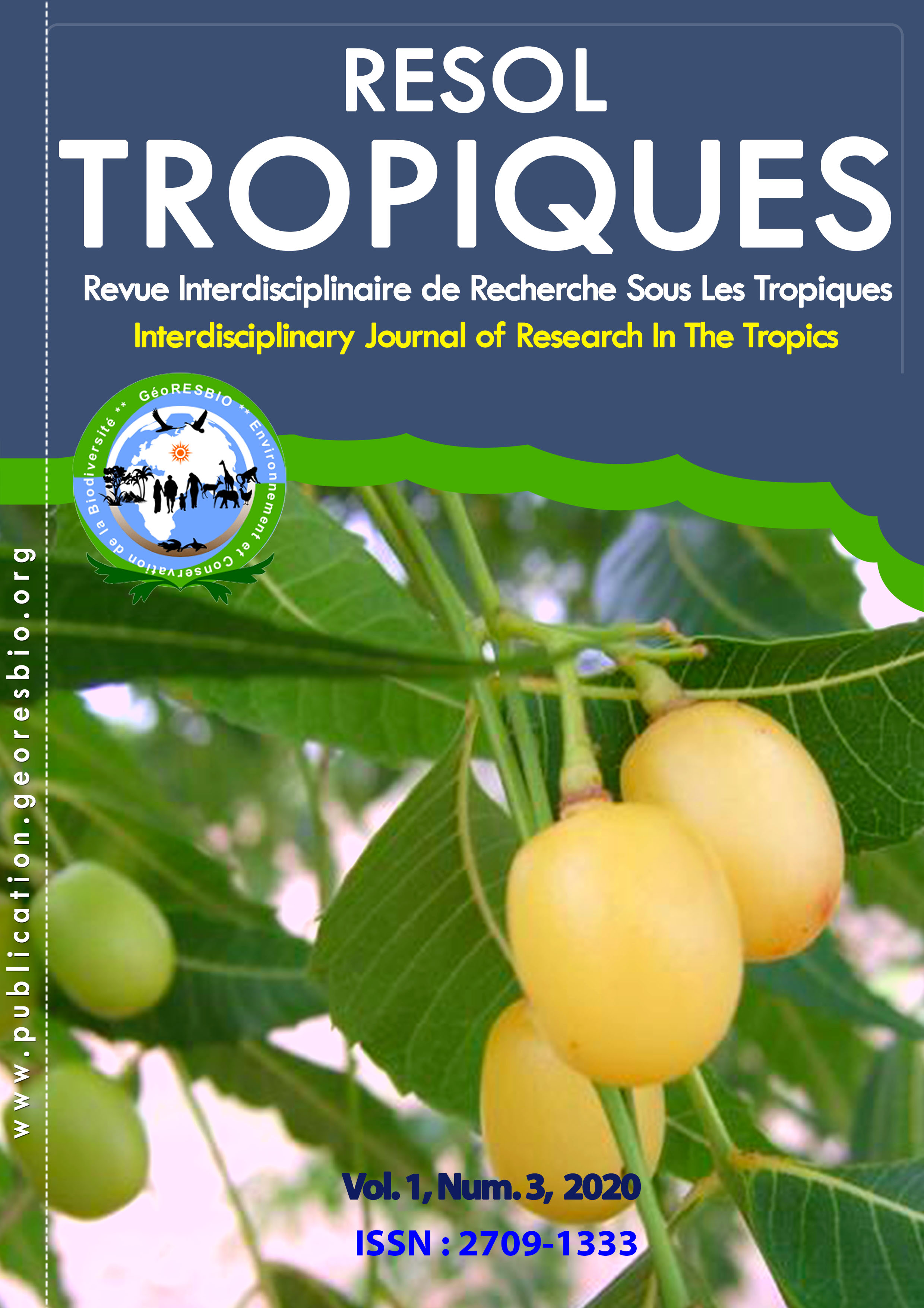Public policies and conflicts in Côte d'Ivoire's protected areas: Conflict between farmers and breeders in Marahoué national park
Hauptsächlicher Artikelinhalt
Abstract
Côte d'Ivoire is now experiencing infiltration of almost all of its protected areas. The management measures implemented by the State since independence seem ineffective in determining the illegal operators of these areas. The weak influence of managers is thus reflected in the gradual transformation of these protected areas into territories of conflict. The exploitation of natural resources most often pits managers against illegal users, particularly peasants and poachers. While the management of these areas remains difficult, managers are still facing a new situation. Indeed, conflicts between farmers and herders have emerged in recent years in some protected areas. The results of this research, based on an interview guide and a questionnaire with various stakeholders in the Marahoué National Park (PNM), show that conflicts between farmers and herders are emerging within this permanent State domain. The prospective analysis of this study reveals that this type of conflict, neglected for its current scope, is nevertheless a harbinger of future governance issues in these areas. This trend, if it continues, could further complicate the governance of this park. From this perspective, the study could inform the authorities on future conflict issues in the NIP and its social consequences throughout the Marahoué region.
Artikel-Details

Dieses Werk steht unter der Lizenz Creative Commons Namensnennung 4.0 International.
Alle im Resol-Tropiques Journal veröffentlichten Artikel oder sonstigen wissenschaftlichen Beiträge werden unter den Bedingungen der internationalen Creative-Commons-Lizenz 4.0 verbreitet, die die Nutzung, Verbreitung und Vervielfältigung ohne Einschränkung der Unterstützung erlaubt, vorausgesetzt, Sie nennen den Namen des/der Originalautors/Autoren und die Quelle, geben einen Link zur Creative-Commons-Lizenz an und geben an, ob Änderungen vorgenommen wurden. Der Creative Commons Public Domain Disclaimer gilt für die in diesem Artikel zur Verfügung gestellten Daten, sofern nicht anders angegeben.

